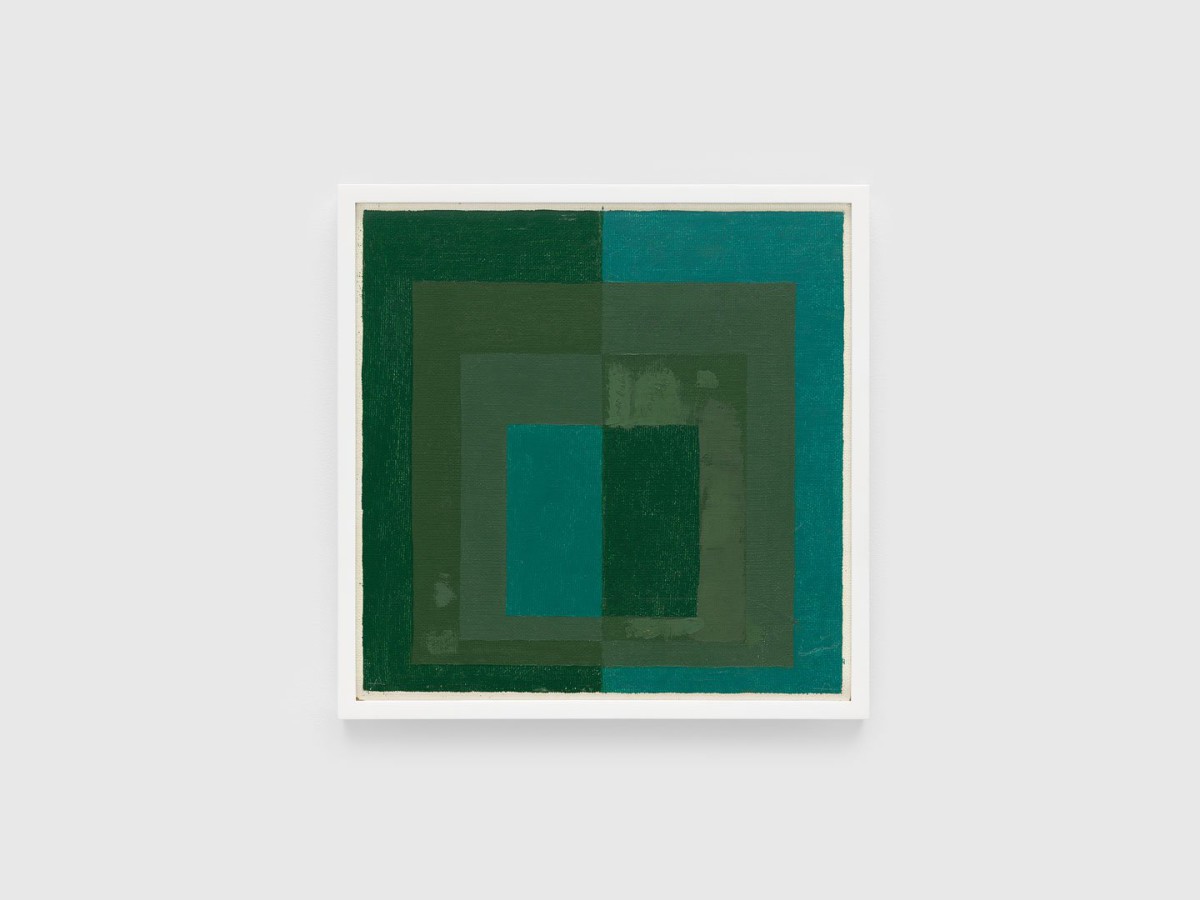
Albers first seriously took up printmaking in 1916, at the age of 28. After attending the Royal Art School, Berlin, from 1913 – 1915, he returned home to Bottrop to take up a teaching position. Simultaneously he resumed his studies at the School of Applied Arts in nearby Essen, where he began printmaking via bookplates and greetings cards. He focused on everyday subject matter to produce accomplished linocuts and lithographs depicting local landmarks, such as sand and coal-mines and animals. Using what was available to him during wartime, these graphic works were printed on a variety of papers and on sheets of different sizes. Continue reading Josef Albers





